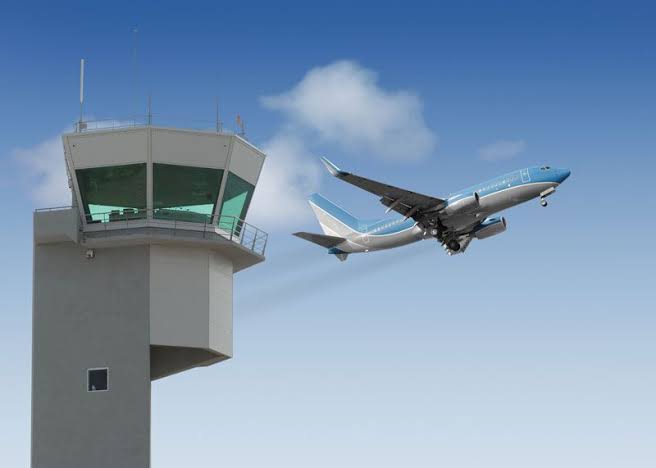What Is Air Traffic Management?

Air Traffic Management (ATM) is the infrastructure that enables the safe and efficient operation of air traffic within a specified airspace. ATM encompasses technologies, procedures, and regulations that facilitate aircraft movement from departure to destination. Here are some elements of the air traffic management system:
Air Traffic Control
Air Traffic Control (ATC) monitors and directs plane movement in controlled airspace. Air traffic controllers communicate with pilots and provide instructions, enhancing safe separation between aircraft. They use radar communication systems to provide pilots with clearances.
Radio Over IP technology enables the transmission of radio communications over IP networks. In ATM, it can connect different communication systems used by air traffic control centers and airports. This facilitates interoperability and seamless communication between stakeholders managing air traffic.
Air Traffic Flow Management
Air Traffic Flow Management (ATFM) helps balance air traffic demand with the available capacity. ATFM involves strategic planning to optimize routes, departure times, and flow rates. ATFM measures consider factors like weather, airspace restrictions, and airport capabilities.
Turn-key designs and custom solutions can be employed to develop specific systems, tools, and infrastructure that support ATFM. These solutions may include advanced data processing systems, decision support tools, and collaborative decision-making platforms. They are designed to facilitate the analysis of air traffic demand, the coordination of flights, and the optimization of routes and departure times. By utilizing turn-key designs and custom solutions, air controllers can reduce disruptions.
Communication, Navigation, and Surveillance
Communication, Navigation, and Surveillance (CNS) systems enable the exchange of information between pilots and ground-based controllers. Communication systems may have voice communication and data link technology functionalities. Navigation systems like GPS help aircraft determine their positions accurately.
Secure communication gateways boost the confidentiality and integrity of information exchanged between air traffic control and military aircraft. Space-based surveillance systems enhance the surveillance capabilities of the air traffic management system by providing real-time aircraft tracking information. The solutions can include technologies such as radar systems, surveillance sensors, data processing systems, and decision support tools, which boost efficient CNS operations. Unmanned aerial vehicles can also perform surveillance.
Collaborative Decision Making
Collaborative Decision-making (CDM) is a process that involves cooperation and data sharing. CDM occurs between airlines, airports, and service providers to enhance operational efficiency and optimize air traffic flow. By sharing relevant information, CDM enhances coordination and improves the system’s efficiency. Team radios facilitate real-time voice communication among team members, promoting effective coordination. This can enhance situational awareness and improves operational efficiency.
UAVs or drones can be integrated into CDM platforms and systems. This integration facilitates information sharing and enhances decision-making capabilities. Connecting UAVs to these platforms enables the real-time sharing of data, status, and intentions. This fosters coordinated decision-making and efficient airspace management among stakeholders. Integration of legacy systems with modern communication technologies enables effective information exchange.
Safety Management
Air Traffic Management verifies safety through hazard identification, monitoring, and implementing mitigation measures. In ATM, low-bitrate speech coders compress voice communications without compromising quality. In safety management, they play a key role in transmitting voice communications, including distress calls and emergency notifications.
Serial Over IP technology transmits plane system data and sensor information over IP networks. The technology enables remote monitoring, diagnostics, and data collection from aircraft systems. This enhances proactive safety management practices. Users can take advantage of real-time monitoring of key parameters, facilitating early anomaly detection and prompt response to safety-related issues.
Invest in Air Traffic Management System
These management systems enhance safety, optimize airspace, reduce delays, and cut environmental impact. Automation and technology help enhance the accuracy and efficiency of air traffic management. Invest in a system that boosts coordination between air traffic control facilities, airlines, pilots, and airports.






